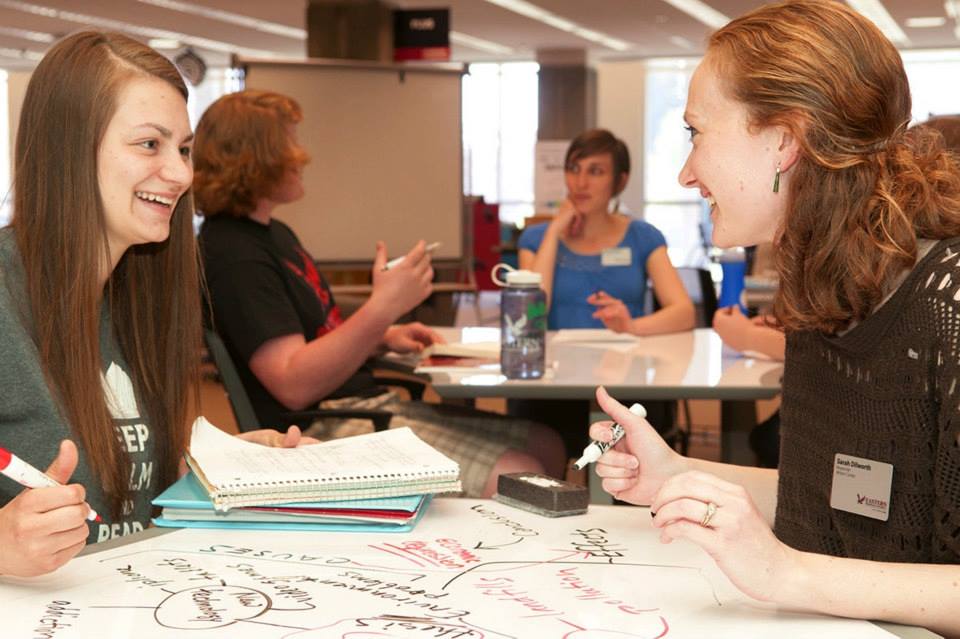Imagery
Imagery is a writer’s use of descriptive language that draws on the senses to create a “mental picture” that heightens the reader’s understanding of the work.

Personification
Personification is the linguistic portrayal of non-human objects or beings with distinctly human traits.

Other linguistic devices
Onomatopoeia -> Bang! Crack! The lightning struck the shed.
Hyperbole -> I was so hungry I could have eaten a horse.
Alliteration -> Mei made a marvelous meal.
Cliché -> Laughter is the best medicine.
Idiom -> He has a real chip on his shoulder.
Metonymy -> The pen is mightier than the sword.
Paradox -> jumbo shrimp
Pun -> Where do you find giant snails? On the ends of giants’ fingers.
Synecdoche -> Music is my bread and butter.
for further study...
For more information on figurative language, and for practice with these linguistic tools, see Purdue OWL Metaphor, Purdue OWL Creative Writing, Khan Academy Figurative Language.
Figurative Language
Figurative language is a broad term that encompasses a host of ways to write creatively. Figurative use of language is the use of words or phrases that depart from literal meaning to achieve fresh, image-driven, and heightened meaning.
Metaphor & Simile
Metaphor is a kind of analogy that compares two unrelated subjects by asserting that in the described way, subject A is subject B.
Simile is a kind of analogy that uses a connective such as “like” or “as” to compare two unrelated subjects.
